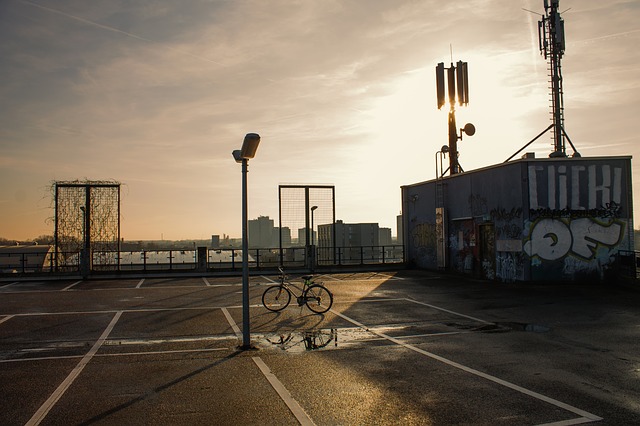There are various modes of transportation, mainly distinguished as public transportation and private transportation. The public mode of transportation includes vehicles like buses, metros, trams, and wherein there are specific allotted stops, as per the convenience of the public, for the public to get in or out of that particular public transportation.
The private transportation system includes vehicles like cars, bikes, bicycles, and so on. And as they are privately owned, the destinations depend on the person riding the particular vehicle. The journey in a private vehicle generally starts as an individual departs their home and mostly ends at office, shopping malls or any other place they want to go to.

However, if the commencing spot and the destination is different from those catered by public transportation, the road rules are the same for all the vehicles, no matter if the mode of transportation is public or private. There are specific sets of regulations that are set by the government or ministry of roads that each and every vehicle has to follow while traveling on the road.
The set of regulations like obeying signals, indications of signs while turning or stopping, rules of overtaking, specific lanes for specific vehicles, etc., each vehicle has to travel in their own lanes that are marked on the roads.
There are lanes for heavy vehicles, lanes for cars, and bike lane road markings on the road that not only facilitate the traffic, but also ensure the safety of the driver.
There are some basics of bike lane road markings that guide the cyclists or the bikers to facilitate the driving of the bike or a bicycle on the road. As the bikes are smaller in size, the bikers can be easily injured in case of crashing or an accident. And so, it is very important, especially for the bikers, to follow the lane rules.
There are separate bike lane road markings for bikes and bicycles on the roads. The bikes ride faster than bicycles. The bicycles are ridden mostly for recreational purposes or for exercise or by the sports lovers who want to increase their stamina.
The bike lane road markings provide convenience to the bikers or the cyclists to move along the road at their own speed. They do not have to find their way through the heavy motor traffic risking their safety.
Here are few pointers on the guide of bike lane road markings –
- The bicycle lane is generally adjacent to the pavement and parallel to the rallying, with the width of three to five feet,
- The pathways for the cars are marked with parallel lines using solid white paint.
- A bike word spelled or a symbol of a bike or the arrow markings for bikes are drawn along the car path with threaded lines. A solid line is marked only for the cars or other heavy vehicles.
There are bike lane road markings for the bicycles, even in some parking lots that are marked by threaded lines. The parking lots for the cars contain a solid white lined rectangular spot in which the vehicles are supposed to be parked. The white treaded tracks distinguish between the space for cars and the space for bikes.
There are different sets of regulations for different states or countries for the guide of bike lane road markings. The rule and regulations differ from country to country. In some countries, the bike lane is on the left side, whereas in some, they are on the right side.
Whichever be the country, the basic set of rules and regulations for the road are levied upon the vehicles, so that the traffic runs smoothly and there are no unwanted incidents on the road.
